Reading with Your Children
Author: Ms Nikki Frey Literacy Coodinator Translator: Ms Christy
Babies are born with language. From the womb, they can hear the rhythm of their mother tongue. French babies cry with the rhythm of the French language. Chinese babies cry with the rhythm of the Chinese language. Language is the very fabric and essence of who we are.
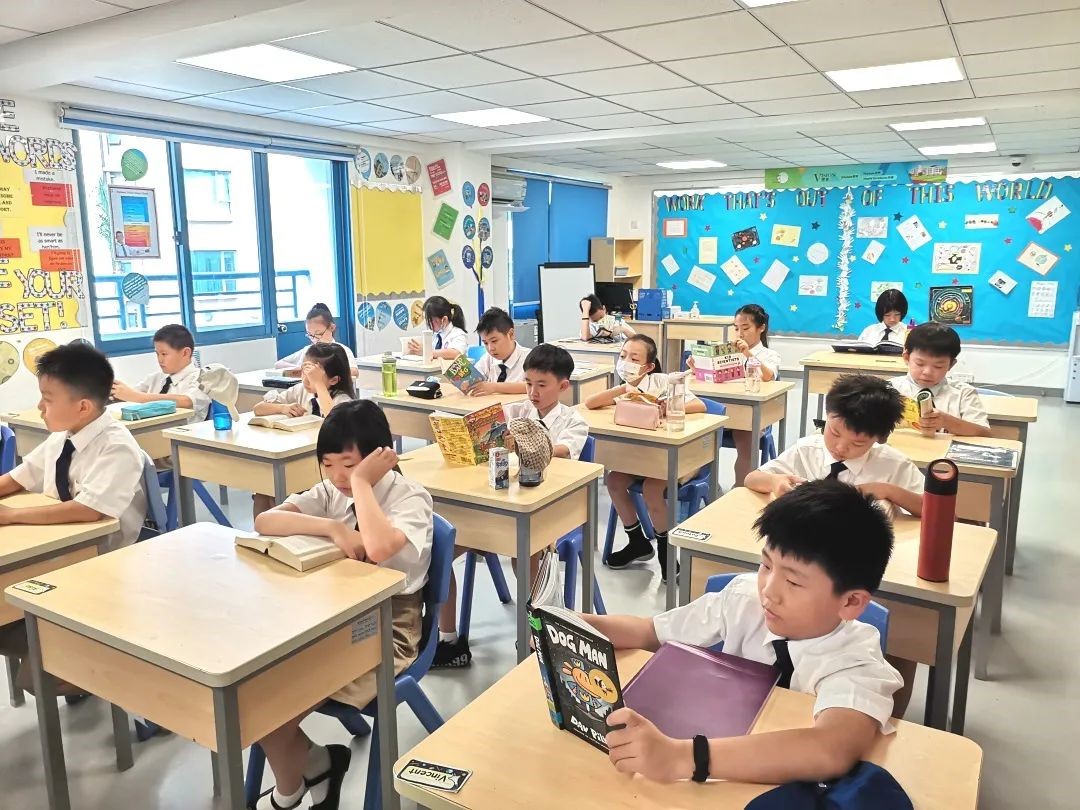
Spoken and written language are intrinsically linked. Speaking with your child each and every day is incredibly important for his brain development and emotional wellbeing. And there is arguably no more important activity than reading with your child to set him up for academic success as a reader and learner.
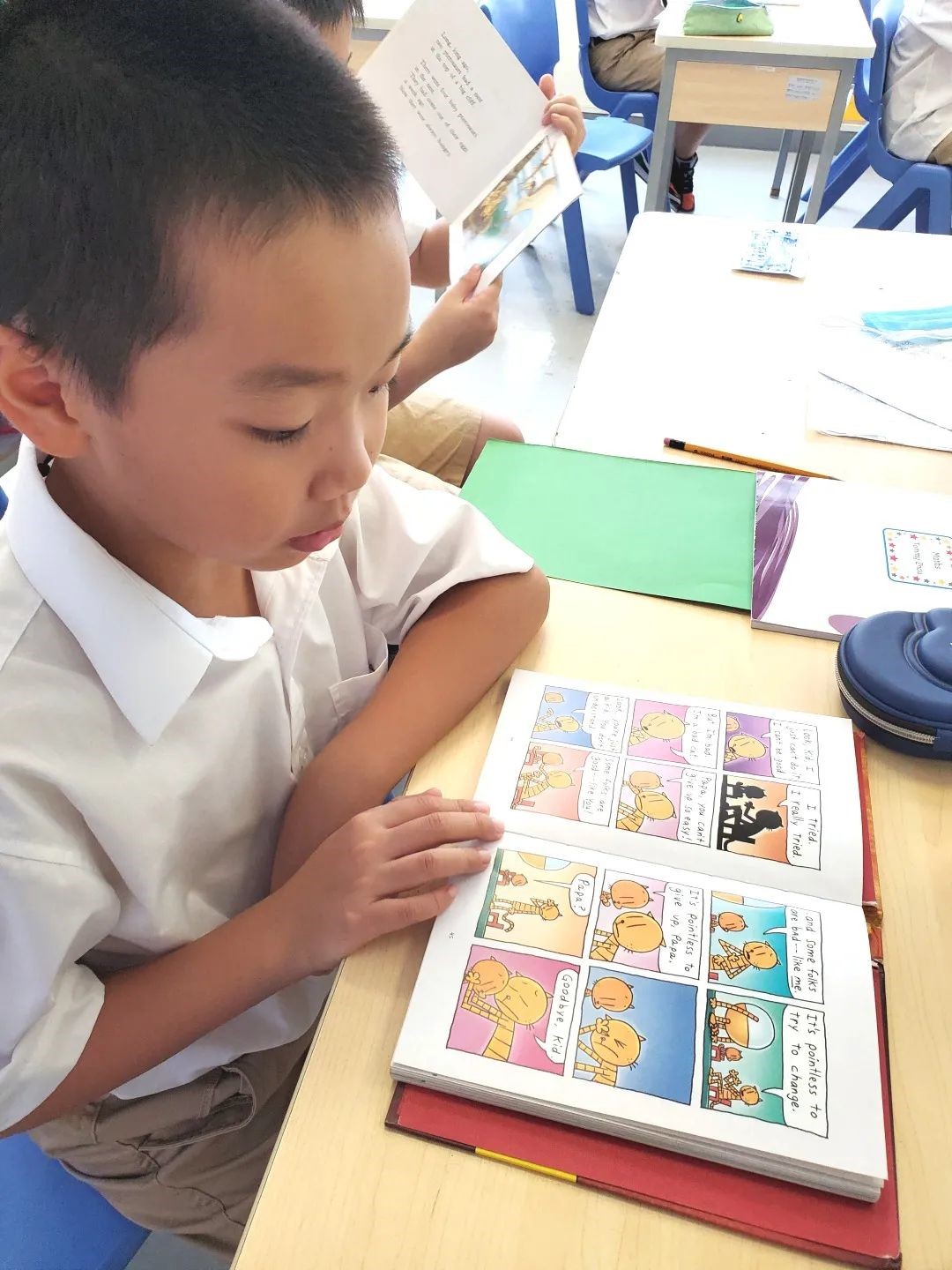
At just a few months of age, an infant can look at pictures, listen to your voice, and point to objects on cardboard pages. Children learn to love the sound of language before they even notice the existence of printed words on a page. Reading books aloud to children stimulates their imagination and expands their understanding of the world. It helps them develop language and listening skills and prepares them to understand the written word. It also increases their concentration and discipline. When the rhythm and melody of language become a part of a child's life, learning to read will be as natural as learning to walk and talk.
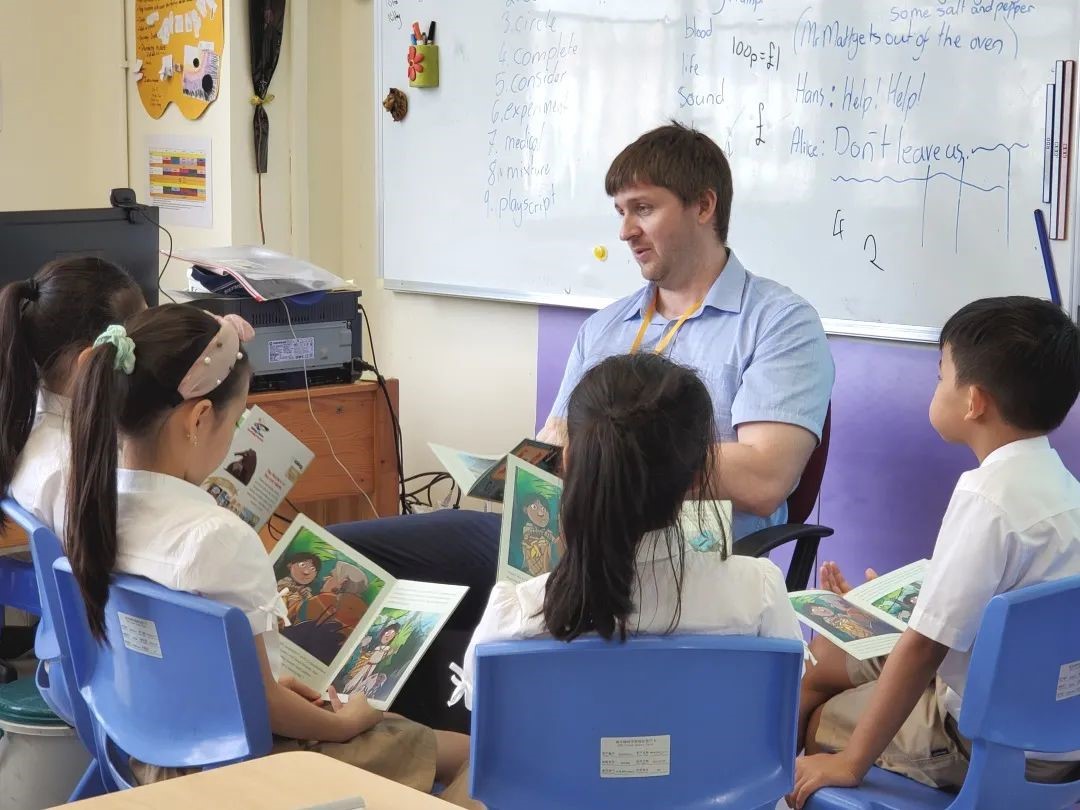
Even after children learn to read by themselves, it's still important for you to read aloud together. By reading stories that are on their interest level, but beyond their reading level, you can stretch young readers' understanding and motivate them to improve their skills. Even older children benefit from this interaction.
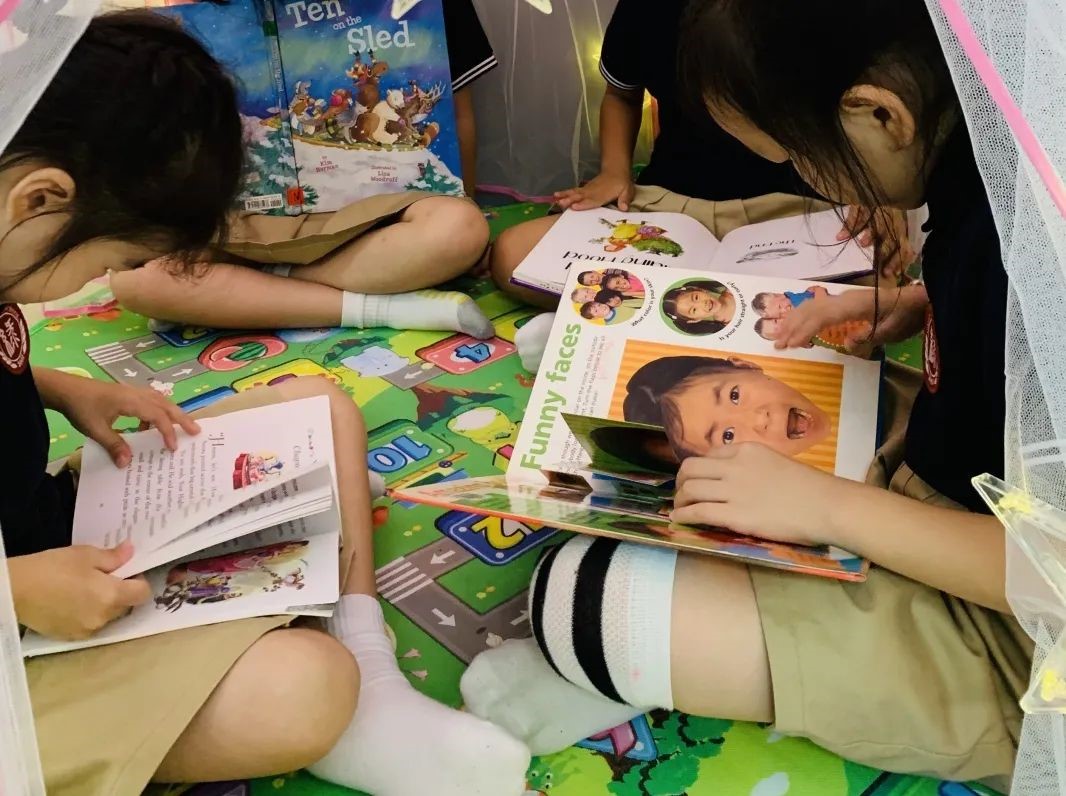
Although the life of a parent is often hectic, you should try to read with your child at least once a day at a regularly scheduled time. But don't be discouraged if you skip a day or don't always keep to your schedule. Just read to your child as often as you possibly can.
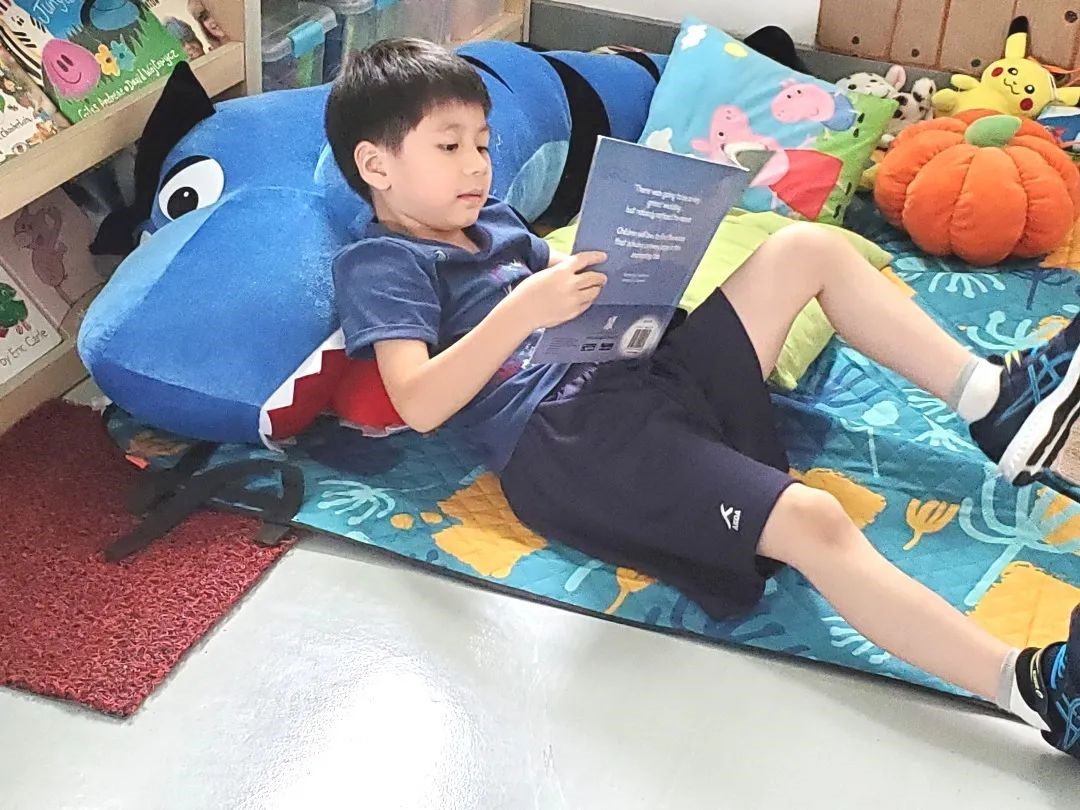
If you have more than one child, try to spend some time reading alone with each child, especially if they're more than two years apart. However, it's also fine to read to children at different stages and ages at the same time. Most children enjoy listening to many types of stories. When stories are complex, children can still get the idea and can be encouraged to ask questions. When stories are easy or familiar, youngsters enjoy these "old friends" and may even help in the reading.
It's often a good idea to talk about the story you are reading, but you need not feel compelled to talk about every story. Good stories will encourage a love for reading, with or without conversation. And sometimes children need time to think about stories they have read. A day or so later, don't be surprised if your child mentions something from a story you've read together.
It will help, however, if we open our eyes to some things adult readers tend to take for granted. It is easier to be patient when we remember how much children do not know. Here are a few concepts we adults know so well we forget sometimes we ever learned them.
There's a difference between words and pictures. Point to the print as you read aloud.
Words on a page have meaning, and that is what we learn to read.
Words go across the page from left to right. Follow with your finger as you read.
Words on a page are made up of letters and are separated by a space.
-
Each letter has at least two forms: one for capital letters and and one for small letters.
You as parents have an influence and power that teacher and school can never imitate or replace. Your positive attitude and involvement in reading will encourage the same in your child. Readers are learners. Readers are leaders. Read with your child to set him up for a lifetime of success.
Portions borrowed from: Helping Your Child Learn to Read. (1996). Office of Educational Research and Improvement, U.S. Department of Education.




 Home
Home  About Us
About Us 
 Admissions
Admissions  Curriculum
Curriculum  Pastoral
Pastoral  School Life
School Life  AMS
AMS  Contact Us
Contact Us 









 Home
Home  About Us
About Us  Admissions
Admissions  Curriculum
Curriculum  Pastoral
Pastoral  School Life
School Life  AMS
AMS  Contact Us
Contact Us 

